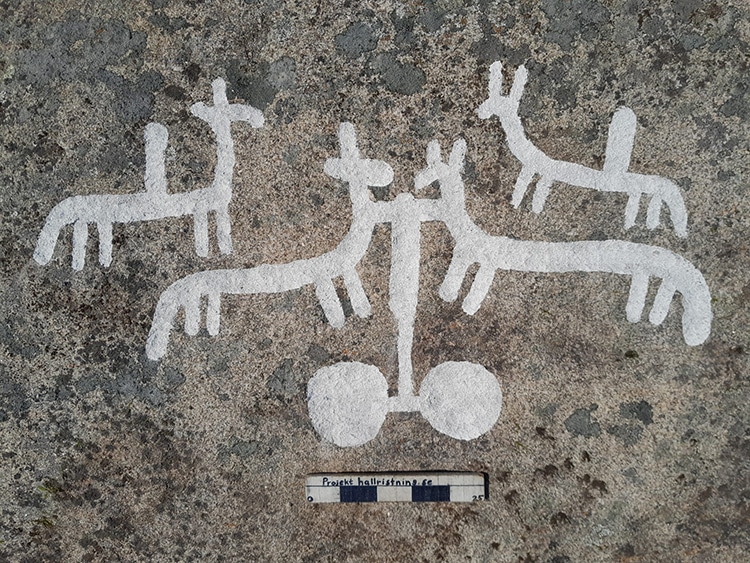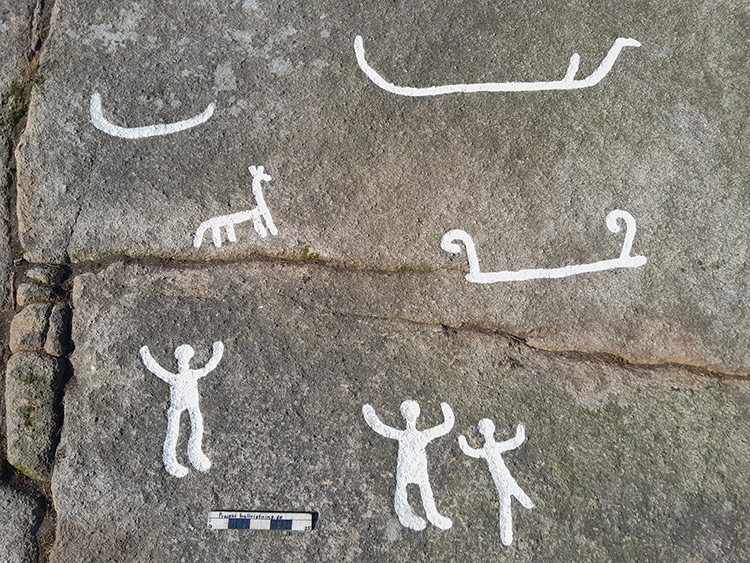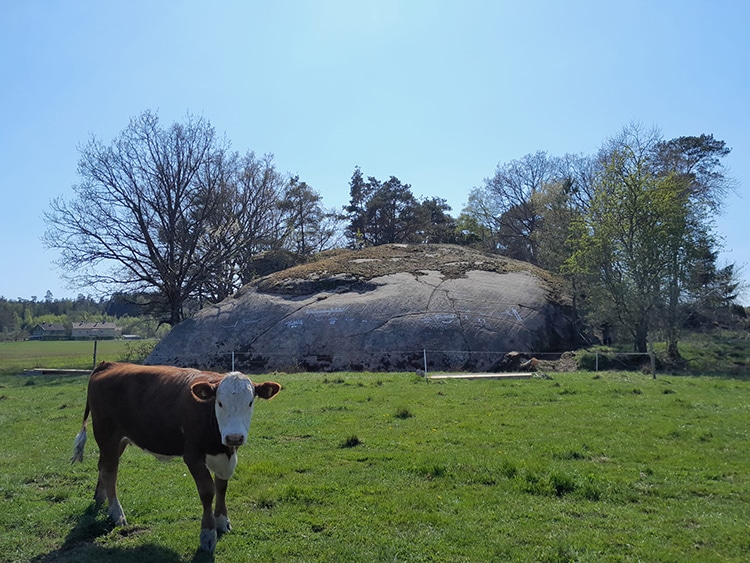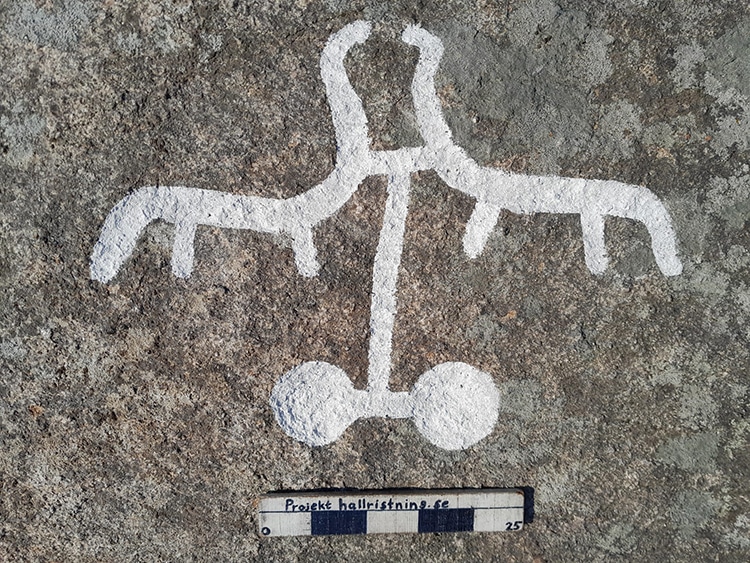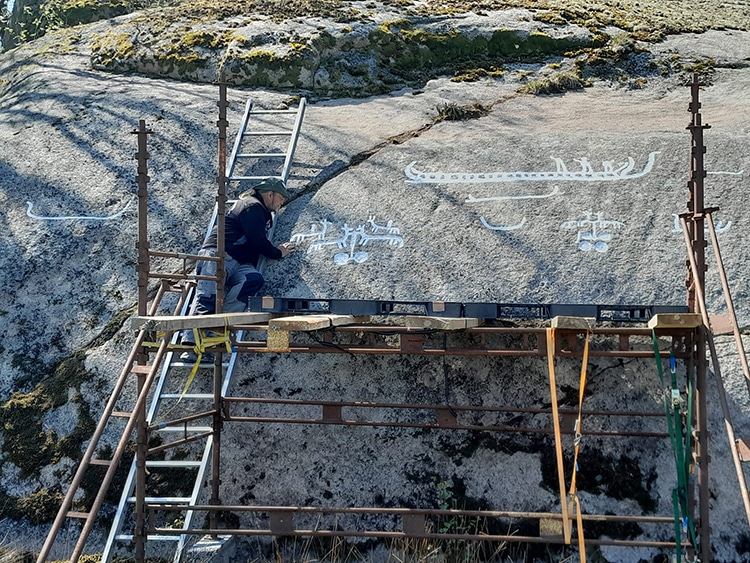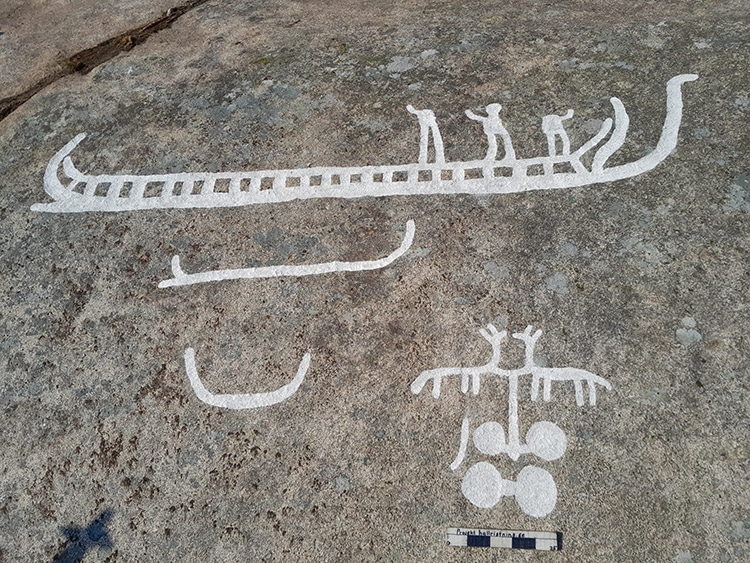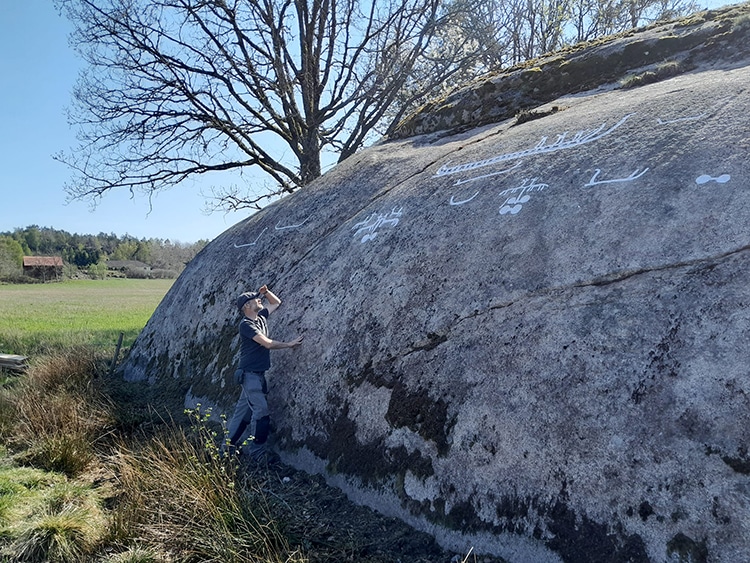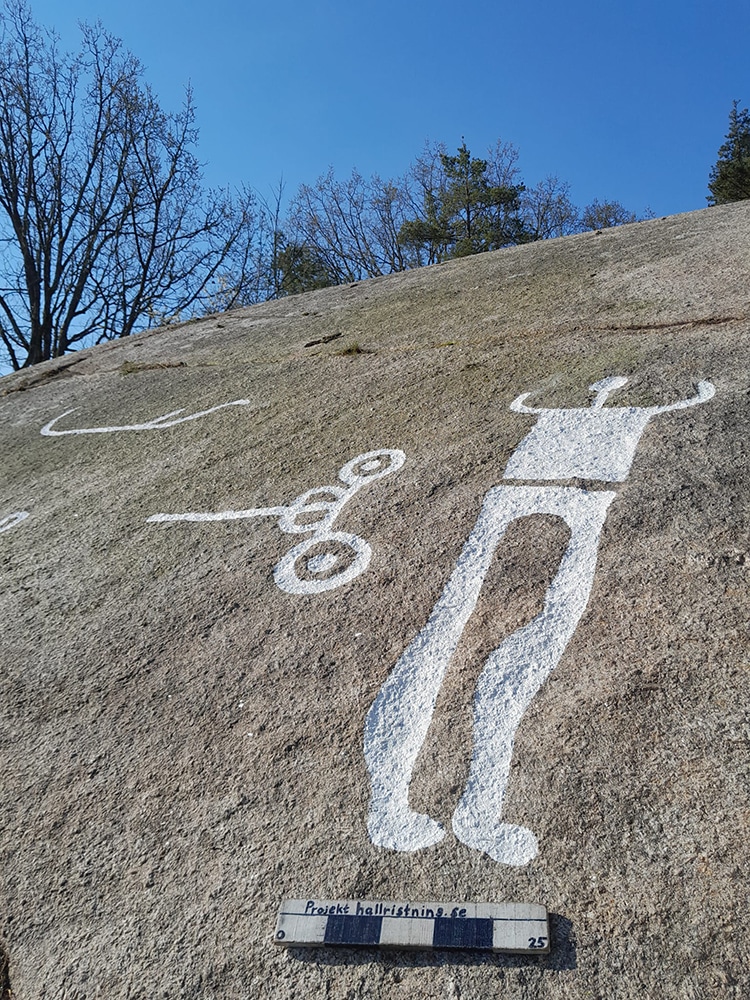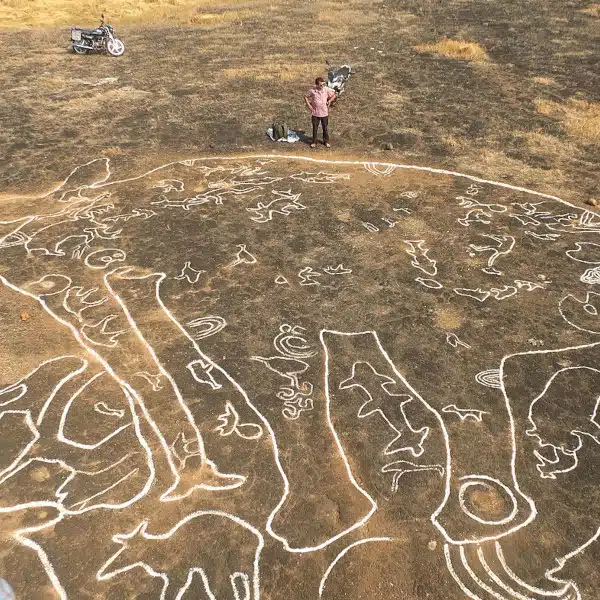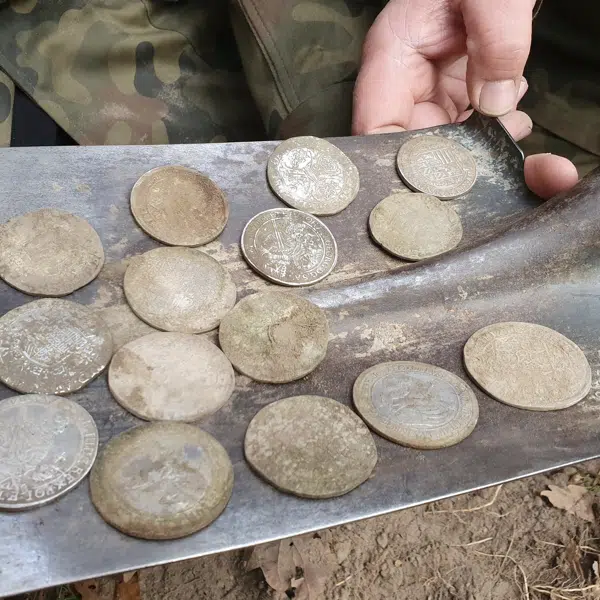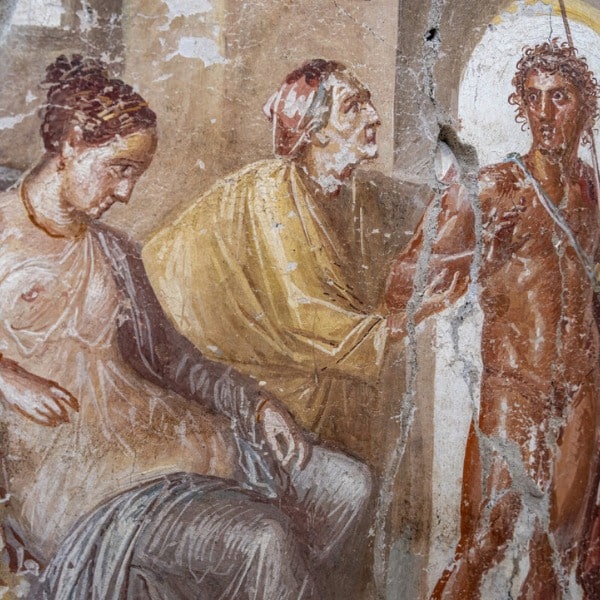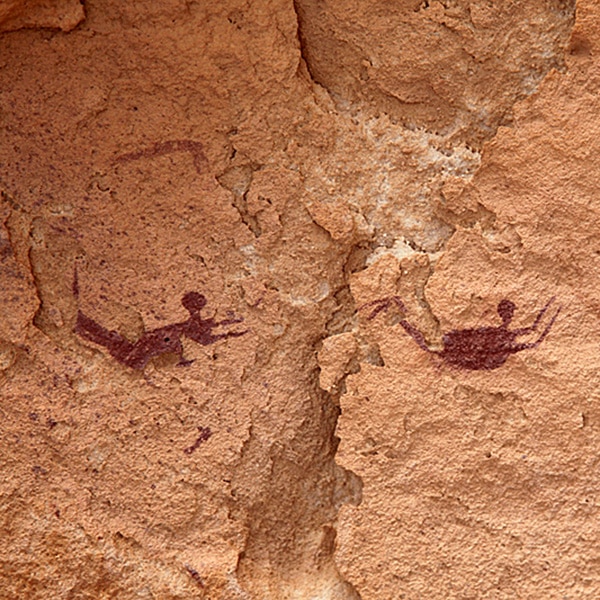Cave art records the adventures of early humans—whether it be hunting beasts, building boats, or making handprints on the walls. It can also tell archeologists a lot about the economies and beliefs of Bronze Age communities. While this art form mainly died out after the invention of writing, a late example from 2,700 years ago has just been discovered on a farm in Sweden. Forty petroglyphs have emerged from underneath a layer of moss covering a massive boulder that was once coastal.
These glyphs were discovered and announced by the Foundation for Documentation of Bohuslän's Rock Carvings, an organization whose goal is to aid the preservation and documentation of the ample glyphs in that area. The Rock Carvings in Tanum, a region of Bohuslän, is even a UNESCO World Heritage site. Like the recent finds, they date to the Nordic Bronze Age (from 1700 BCE to 500 BCE) and were created by pecking and grinding the rock with tools to etch designs.
The new glyphs are located near the town of Kville, on a large granite rock that stands about 10 feet off the ground. About 2,700 years ago, higher sea levels would have lapped against the boulder, meaning the carvings were done by boat. In fact, the drawings feature 13 depictions of ships, highlighting their importance to the coastal region. Also etched into the boulder are nine horses, four wagons, and seven people. All of these carvings were filled with white chalk to ensure that they showed up in photographs.
When one imagines the time, effort, and skill involved in creating these carvings, it brings a new appreciation for ancient human culture. It may tell a long-lost narrative of life in ancient seaside Sweden.
40 petroglyphs of humans, animals, and ships were discovered near Kville, Sweden.
These 2,700-year-old carvings were found underneath moss covering a large 10-foot-high boulder.
The glyphs are located around where the sea level would have been 2,700 years ago.
This means that the etchings were made by people on boats.
Included in the carvings are 13 depictions of ships, 9 horses, 4 wagons, and 7 people.
These ancient petroglyphs may tell a long-lost narrative of life in ancient seaside Sweden.
h/t: [IFL Science]
All images via The Foundation for Documentation of Bohuslän's Rock Carvings.
Related Articles:
Museum Discovers That Its “Fake” Sword Is Actually an Authentic 3,000-Year-Old Weapon
Bronze Age Couple Discovered in Loving Embrace 3,000 Years After Burial in Ukraine
3D Technology Reveals North America’s Largest Repository of Ancient Cave Art
14th Century Cave Art From Lost Civilization Discovered on Uninhabited Caribbean Island
